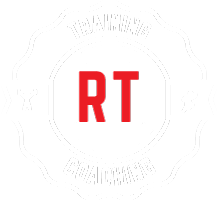In Core Stability Training, it is not about the exercises but about the right muscle groups. Core stability does not focus on movement muscles but on stability muscles, or postural muscles. We teach you to tighten and use the muscle group in the depth of your abdomen (the deep transverse abdominal muscle or musculus transversus abdominus) in multiple postures and movements.
Core stability
Having good core stability allows you to have a more powerful body, optimize your athletic performance and prevent injuries. Core stability training is also an effective training to reduce low back pain and improve functional limitations in patients with chronic back pain.
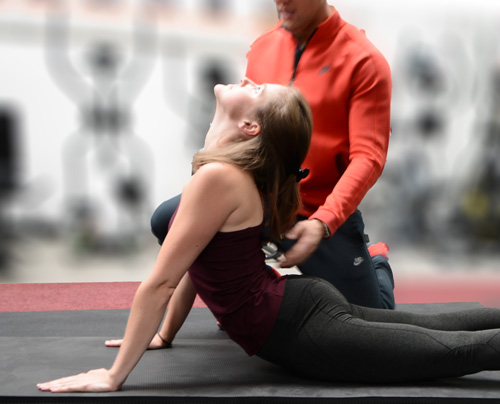

Core Stability Training
A strong core is not only necessary for improving your athletic performance and preventing injuries, but also ensures good posture in daily life.

Many training programs these days highlight the surface abs (visible abs), but pay little attention to the other muscles that make up your body's core. Yet building all core muscles is essential to staying strong, flexible and improving performance in almost any sport. It is also vital for avoiding debilitating back pain.
Most people think of the core as the long-sought six-pack or slim, toned abs, but these - superficial - abdominal muscles (Rectus Abdominis) are only a very small part of your 'core'. Core refers to the muscles that stabilize the spine and pelvis and run the length of the torso and are used to control movement, shift and evenly distribute our body weight and protect our backs. Your Core is a very active muscle group in your body. Whether you are walking, making food, jogging or playing golf, you use your core for all of these activities.
- Erector Spinae - muscles that run along the neck to the lower back and serve to stretch and twist the back
- Multifidis - located below the Erector Spinae, along the spine and responsible for extending and rotating the spine
- Externe Obliques - located on the side and front of the abdomen
- Interne Obliques - located under the External Obliques, running in the opposite direction
- Transverse Abdominis (TVA) - Located below the oblique abdominals, these are the deepest abdominal muscles that encircle your spine for stability and protection
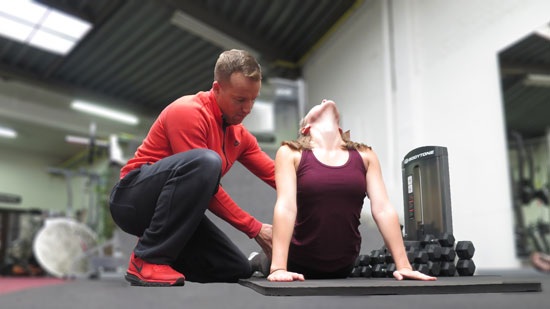
Core stabilization exercises challenge the abdominal and back muscles to keep the spine in an appropriate position during movements.
Examples of core stabilization exercises include working on unstable environments, such as the stability ball, balance board and bosubal exercises, ground exercises, such as "deadbugs," "superman" and "plank," and standing exercises that minimize movement in your core while the upper and lower body rotates.
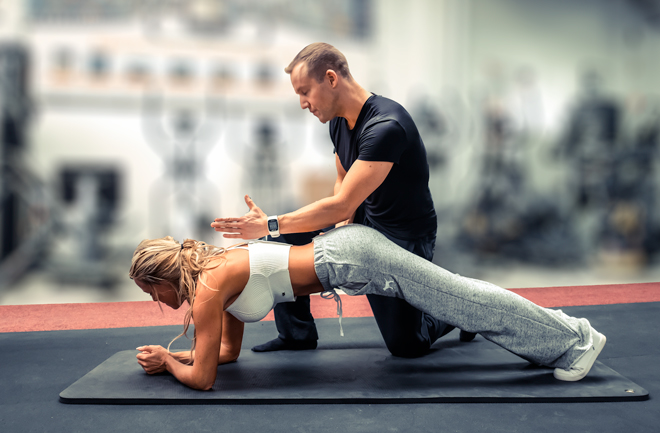
Everyday movements
Bending down to put on your shoes or pick something up, turning to look back, sitting in a chair or just standing still are just some of the many everyday actions in which you use your core. Even basic activities of daily living, such as washing yourself or dressing yourself, call on your core muscles.
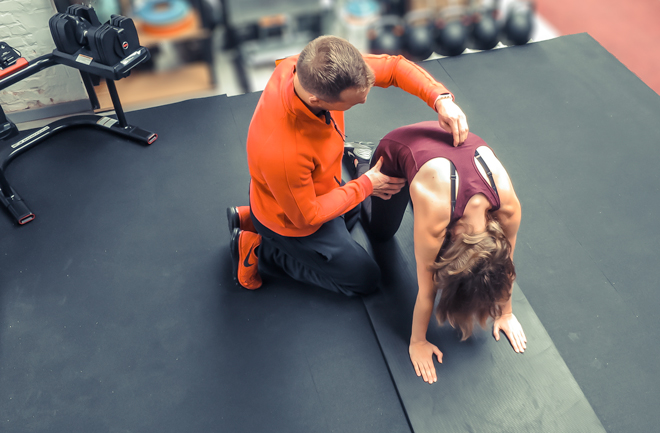
Back problems
Lower back pain can be prevented by exercises that promote balanced, load-bearing core muscles. When back pain strikes, a regimen of core exercises is often prescribed to relieve it, possibly in combination with medication, physical therapy or other treatments.
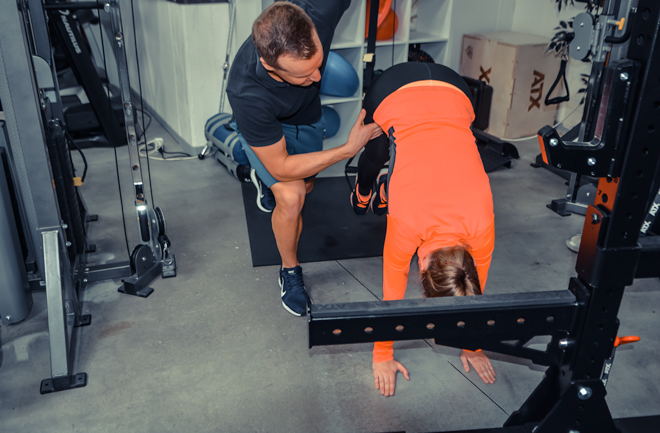
Sports
Cycling, running, swimming, golf, tennis or other racket sports, baseball, volleyball, kayaking, rowing and many other athletic activities are supported by a strong core. Sexual activity also requires core strength and flexibility.
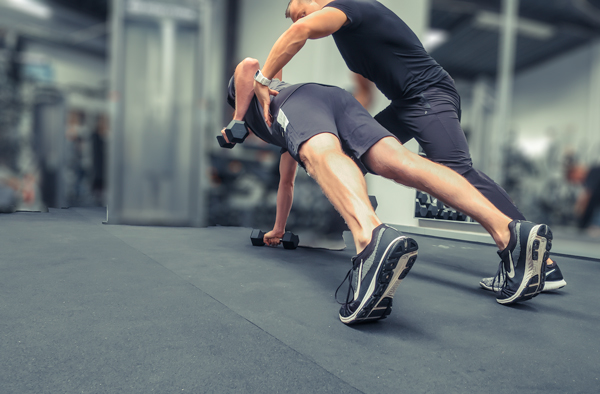
Good posture
Good posture tones your figure, projects self-confidence, reduces wear and tear on the spine and contributes to good breathing. Weak, cramped or unbalanced core muscles undermine good posture in your daily life and at work.
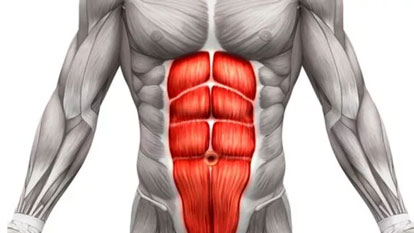
Personal Training Leuven
Core Stability Training

Personal Training Leuven
Core Strength Training
Core strength training is what is typically trained in fitness gyms. This is not the functional training of the stability muscles to reduce lower back pain or treat/avoid injuries, but rather the training of the various abdominal muscles for an aesthetic effect, namely clearly visible abdominal muscles (including a diet that allows them to be visible).
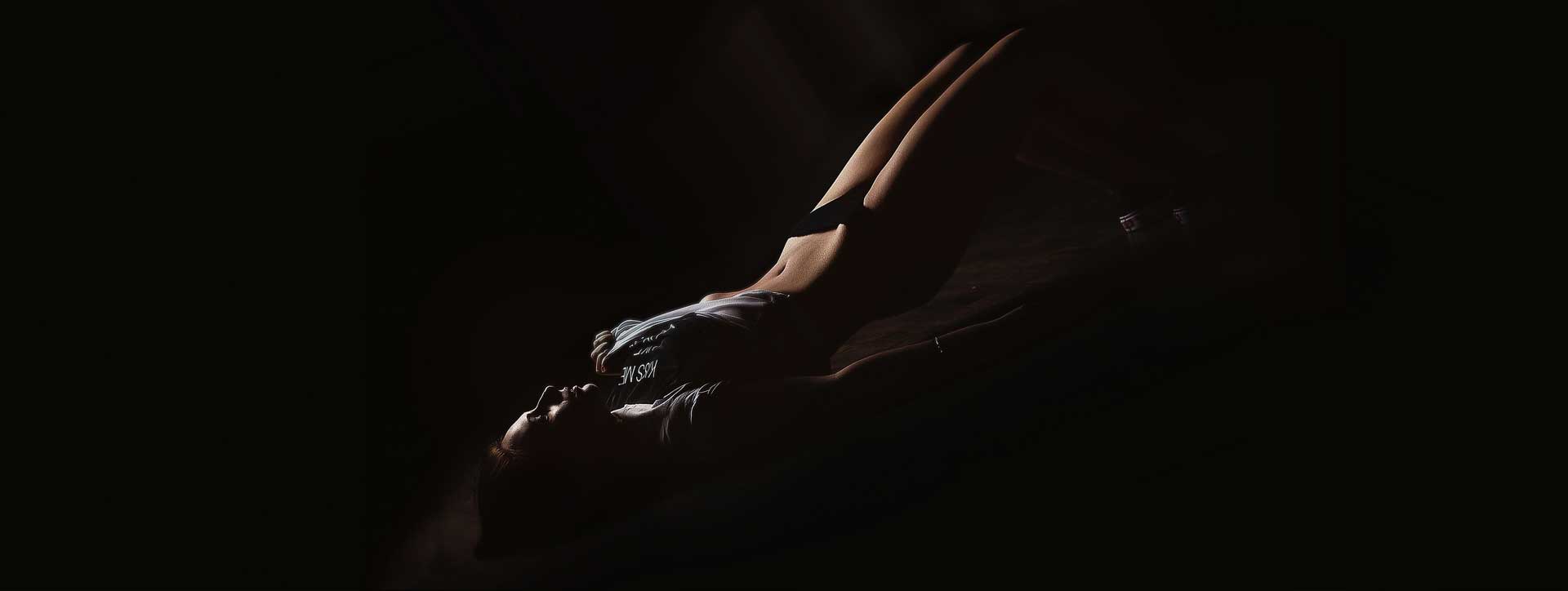

RT Training & Coaching

"3 years ago I came to Redert with severe back problems (herniated disc). After a few mobilization & stabilization sessions, I was completely pain free very quickly! Meanwhile, Redert is still my regular coach for my full body workout 2 times a week! For me Redert is really top!!!"
Linde Vanderstraeten
Core Stability
Trained core muscles or good core stability allow you to function better on a daily basis and move and exercise with less chance of injury. It is these muscles that help you with your daily tasks such as lifting your child, picking up heavy goods, walking, sitting, turning and basically any movement you can imagine.
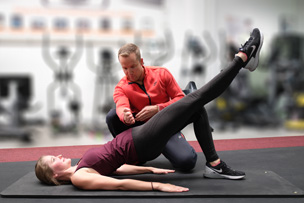
Verbeter je houding en voorkom blessures
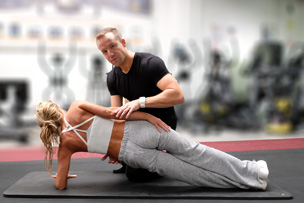
Training bij rugproblemen zoals een hernia
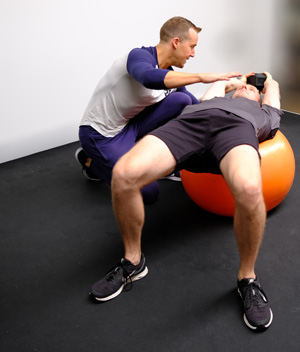
Core stability is a workout in which you strengthen the major muscle groups, your back and abdominal muscles, using a variety of exercises.
Contact us on 0499 28 83 26 or via our mail form.
We are happy to give you more information regarding core stability and where we can help should you be struggling with back problems or a herniated disc.
Contact us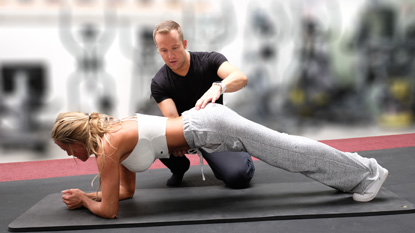
- Prevention of injuries
- Improving your body posture
- Prevention of (low) back pain
- Improving your sports performance
- Improving balance and movement control

